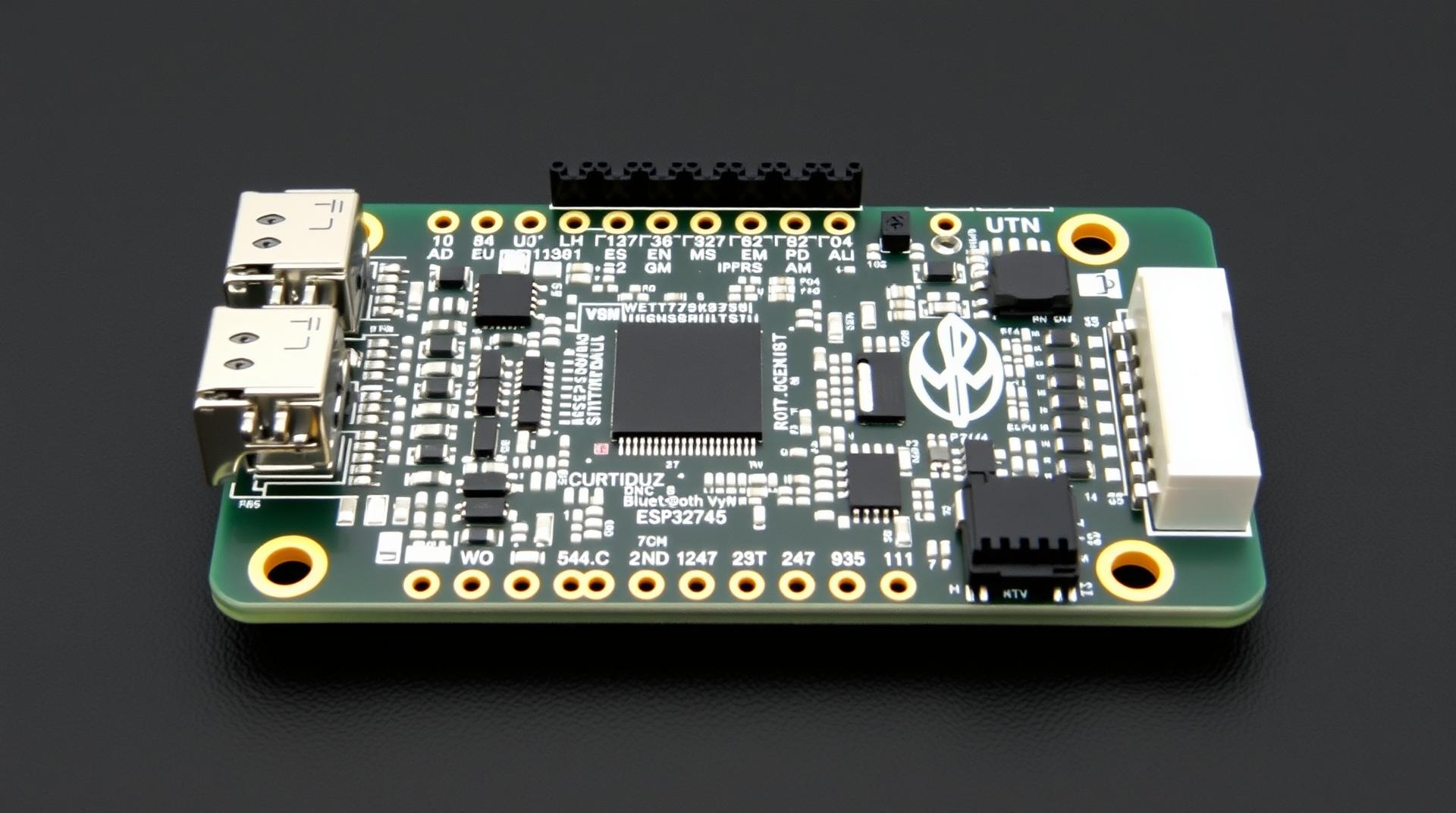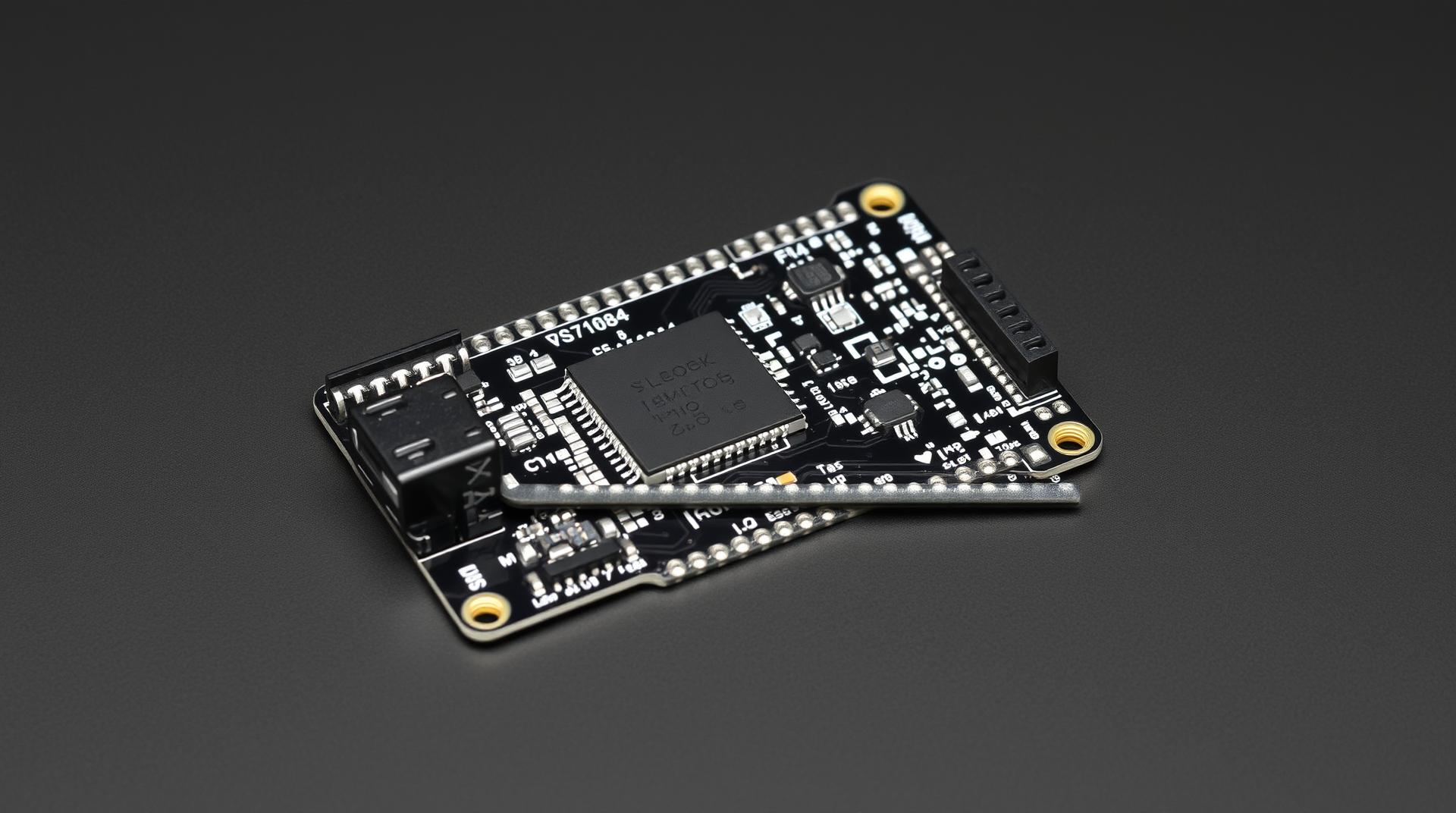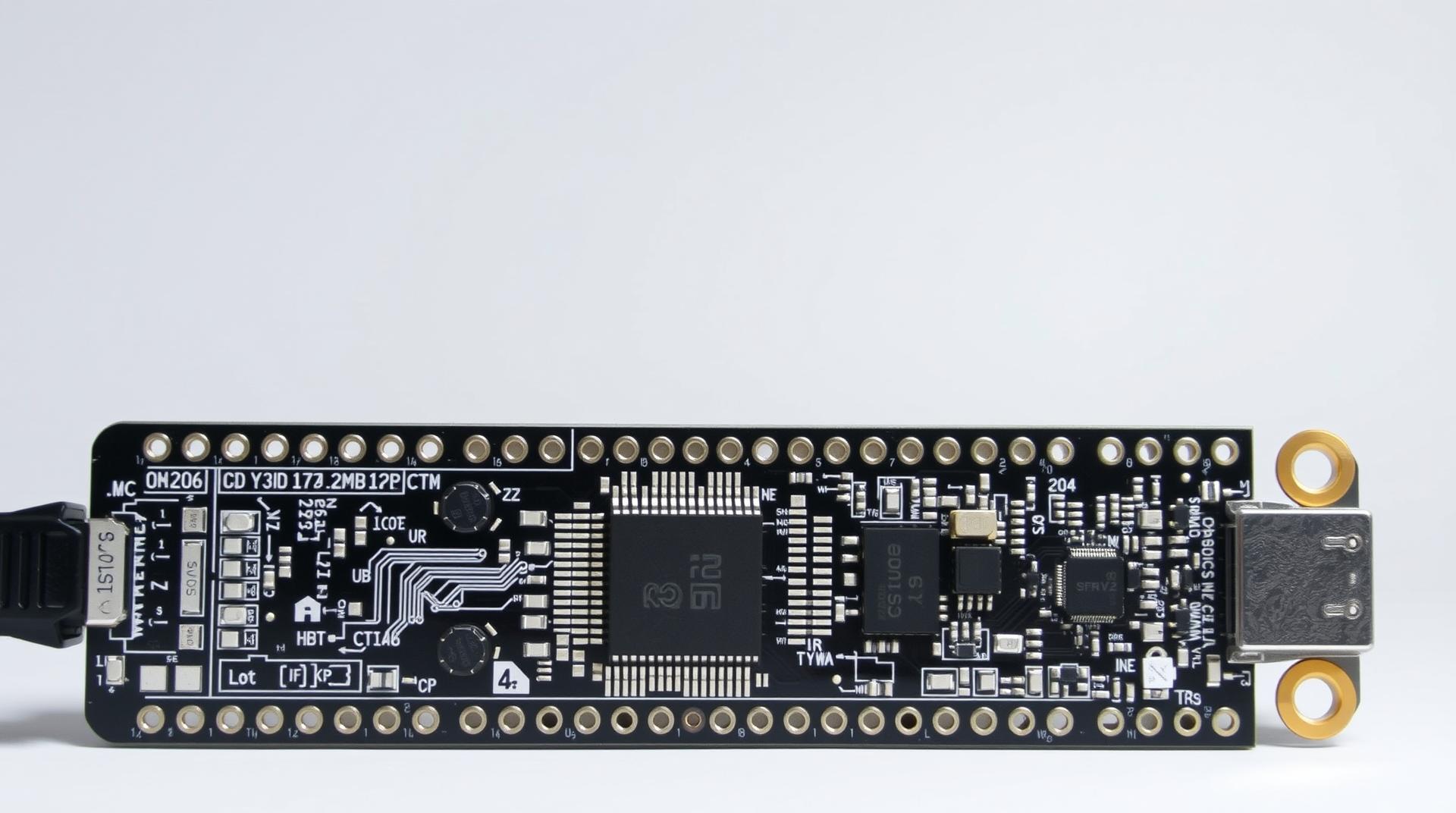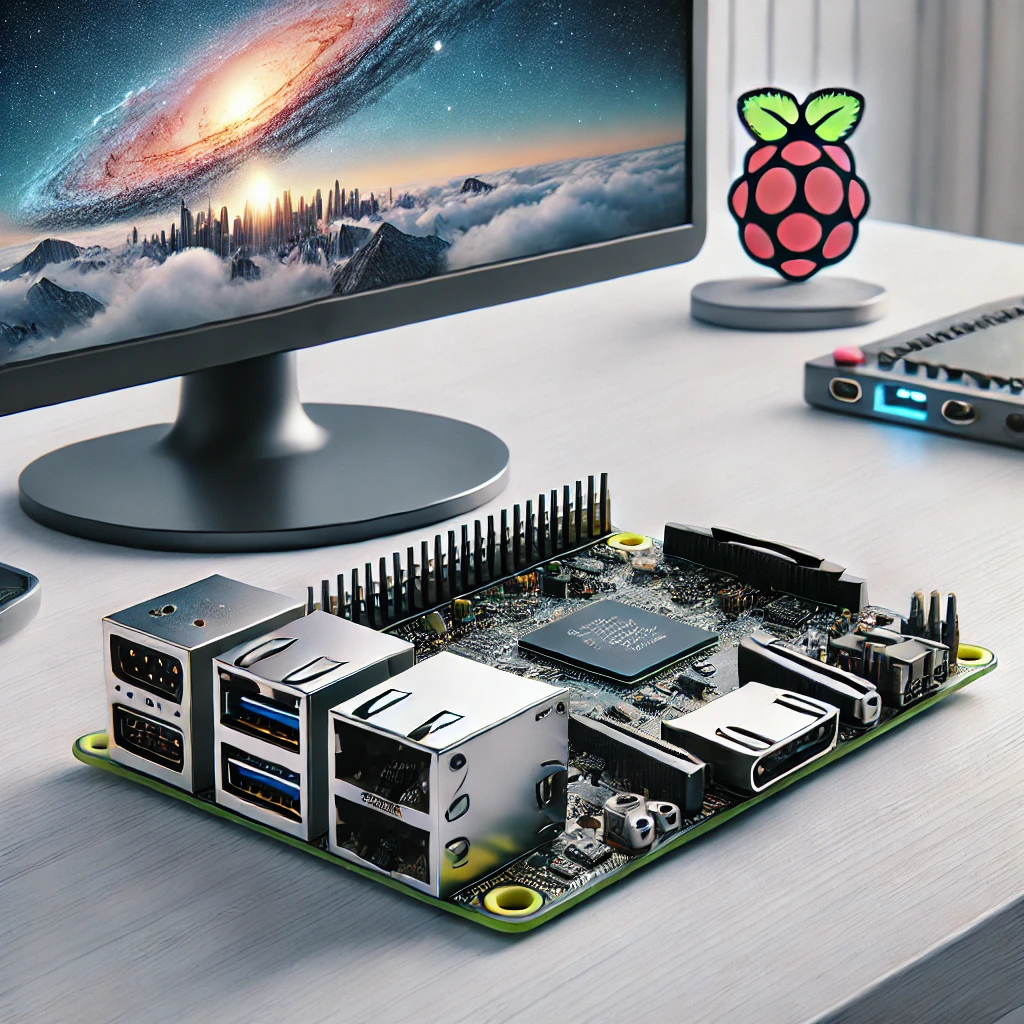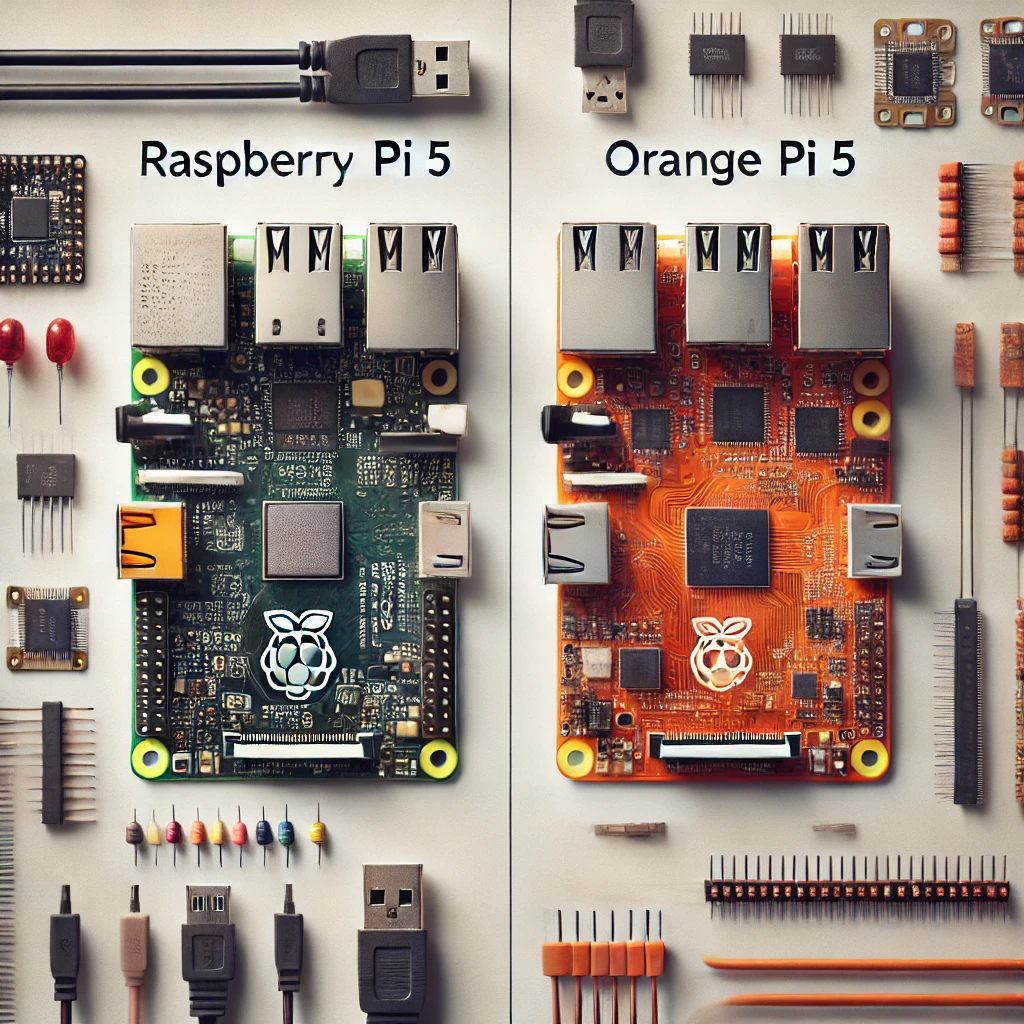Explore how the new ESP32-H4 SoC enhances IoT applications with Bluetooth 5.4 and IEEE 802.15.4 connectivity. Learn about its advanced features for low-power wireless solutions, supporting modern IoT protocols like Zigbee, Thread, and Matter.
Espressif’s ESP32-H4 SoC marks a significant leap in low-power IoT technology, combining the latest Bluetooth 5.4 and IEEE 802.15.4 standards to support modern communication protocols such as Zigbee, Thread, and Matter. As IoT ecosystems continue to grow, the ESP32-H4 provides developers with an optimized platform for creating efficient, long-lasting IoT devices, from smart home solutions to industrial IoT systems. In this article, we explore the ESP32-H4’s advanced specifications, its practical applications, and how it aligns with emerging IoT trends.
1. Key Specifications of ESP32-H4
A. Bluetooth 5.4
Bluetooth 5.4 is a standout feature of the ESP32-H4, bringing advanced functionality like LE Audio and direction-finding technologies. LE Audio improves the quality and energy efficiency of audio transmissions over Bluetooth, which is crucial for applications like wireless headsets, hearing aids, and broadcast audio systems. Additionally, Bluetooth 5.4 introduces enhanced data security and increased data transfer range, making it ideal for industrial environments where long-range, secure communications are vital.
The direction-finding capabilities of Bluetooth 5.4, using techniques like Angle of Arrival (AoA) and Angle of Departure (AoD), allow devices to accurately determine the location of other Bluetooth devices. This feature can be applied in real-time location services (RTLS), asset tracking, and smart home applications where precise positioning of devices is important.
B. IEEE 802.15.4 Support for Zigbee, Thread, and Matter
The inclusion of IEEE 802.15.4 in the ESP32-H4 opens up compatibility with popular mesh networking protocols like Zigbee, Thread, and the emerging Matter standard. These protocols enable low-power, long-range communication between devices, allowing for robust and scalable IoT networks. In smart home environments, for example, Zigbee and Thread enable seamless communication between lights, thermostats, door locks, and sensors, without requiring constant cloud access.
Matter, a unifying IoT standard backed by Google, Apple, Amazon, and the Connectivity Standards Alliance (CSA), aims to simplify the communication between smart home devices regardless of brand. With Matter support, the ESP32-H4 can be integrated into ecosystems from various manufacturers, providing end-users with greater interoperability and flexibility.

C. Low Power Consumption and DC-DC Converter
The ESP32-H4 is designed to optimize energy efficiency, featuring an integrated DC-DC converter that reduces overall power consumption, making it ideal for battery-operated IoT devices. This is a significant advantage in applications where long-term deployment and low maintenance are critical, such as in smart meters, environmental monitoring sensors, and wearables.
2. Applications of ESP32-H4 in IoT Ecosystems
A. Smart Home and Consumer Electronics
The ESP32-H4’s combination of Bluetooth 5.4 and IEEE 802.15.4 support makes it a powerful choice for smart home devices. It can serve as the backbone for mesh networks that connect smart lights, locks, security systems, and more. Its low power consumption also ensures that battery-powered devices like smart thermostats or smoke detectors can operate efficiently for long periods.
In consumer electronics, the Bluetooth 5.4-enabled LE Audio offers superior audio streaming quality with reduced power consumption, making it ideal for smart speakers, wireless headphones, and hearing aids. The added benefit of long-range communication supports applications like whole-home audio systems, ensuring smooth connectivity across large spaces.
B. Industrial IoT and Asset Tracking
For industrial IoT applications, the ESP32-H4 provides the reliability and performance needed for smart manufacturing, asset tracking, and warehouse management. With the ability to support mesh networks via Zigbee or Thread, the ESP32-H4 can connect sensors, machines, and vehicles in large industrial environments, enabling real-time monitoring and automation. Additionally, the direction-finding capabilities of Bluetooth 5.4 are useful in asset tracking and location services, ensuring that critical items are easily located throughout a facility.
.
C. Environmental Monitoring and Energy Management
Energy-efficient communication is critical in long-term environmental monitoring systems. With its low power consumption, the ESP32-H4 can be deployed in remote areas to collect and transmit environmental data such as temperature, humidity, and air quality. This makes it a viable solution for agriculture, smart cities, and wildlife conservation initiatives where devices must operate autonomously for extended periods.
3. Future of IoT with ESP32-H4 and Matter Compatibility
As the Matter standard becomes widely adopted, the ESP32-H4’s role in smart home and IoT ecosystems will expand further. Matter’s goal of creating a unified IoT communication protocol that works across different platforms will drive demand for devices that support multiple communication standards—like the ESP32-H4, which combines Bluetooth, Zigbee, Thread, and Matter support. This positions the ESP32-H4 as a future-proof solution for developers looking to build interoperable devices that work across various ecosystems.
All in all, the ESP32-H4 is a versatile and future-ready SoC that enhances low-power IoT applications with advanced communication features like Bluetooth 5.4 and IEEE 802.15.4. Its low power consumption, support for modern standards like Matter, and integration with mesh networking protocols make it an ideal choice for building smart home systems, industrial IoT solutions, and environmental monitoring applications. As IoT ecosystems continue to evolve, the ESP32-H4 is positioned to play a key role in enabling efficient, scalable, and interoperable devices.

